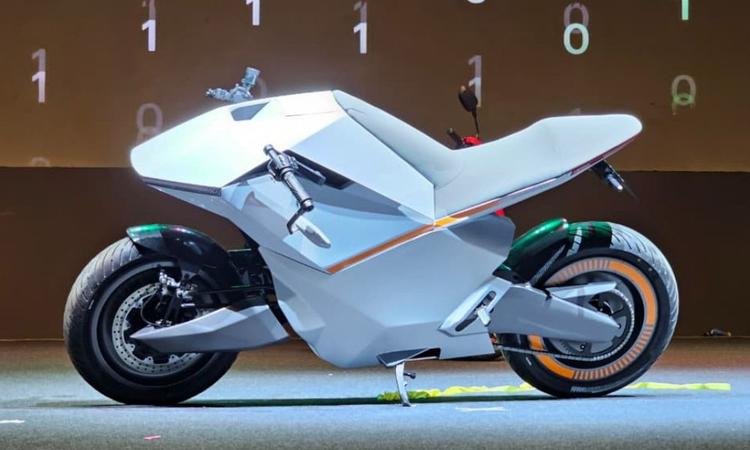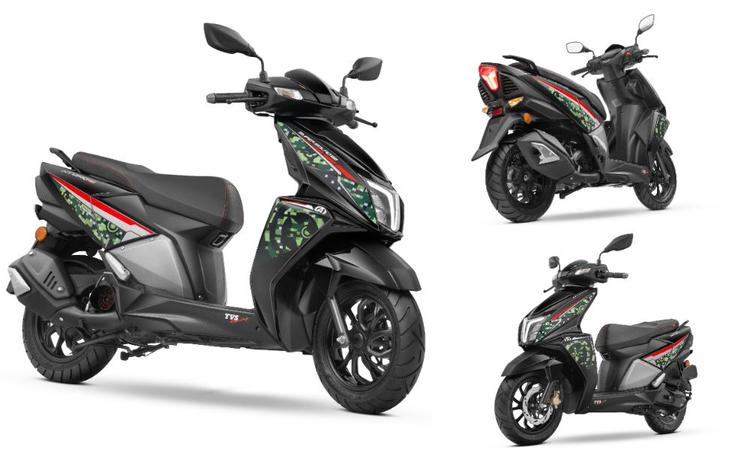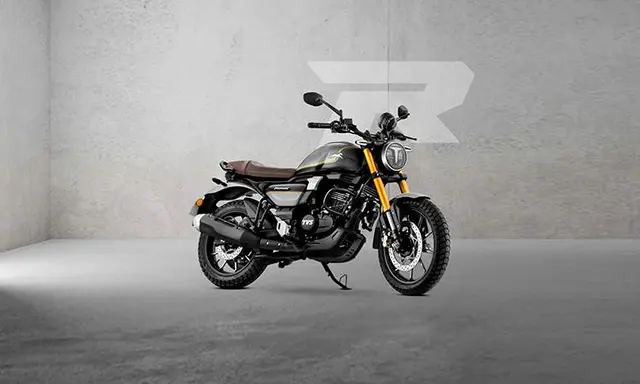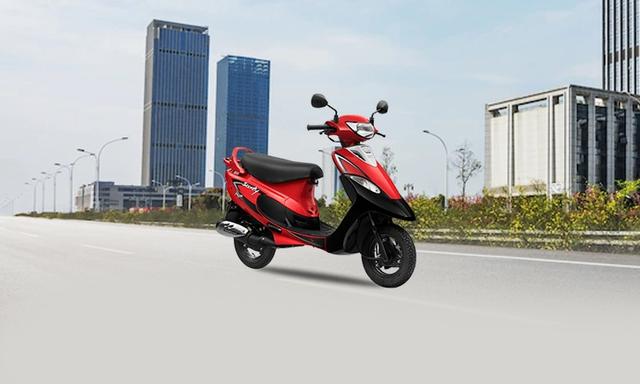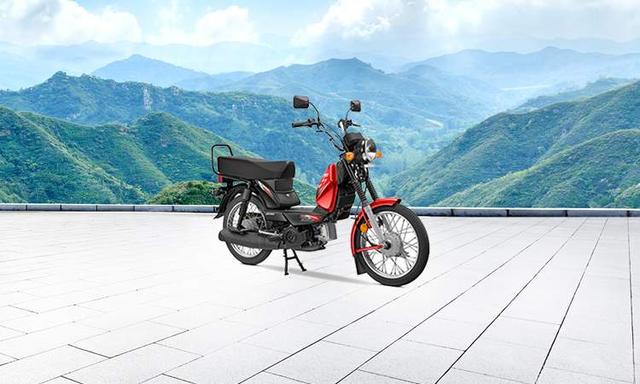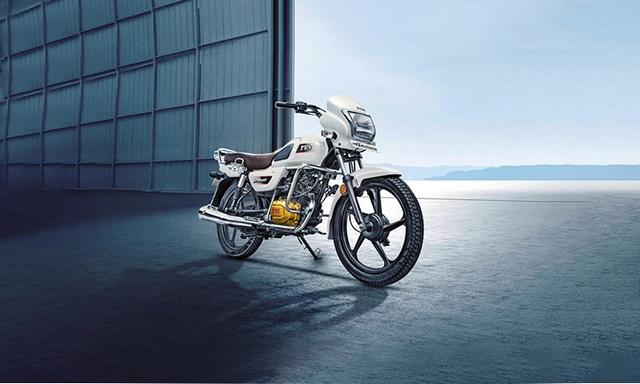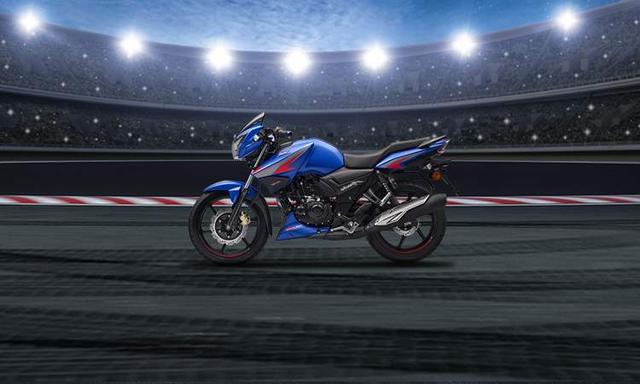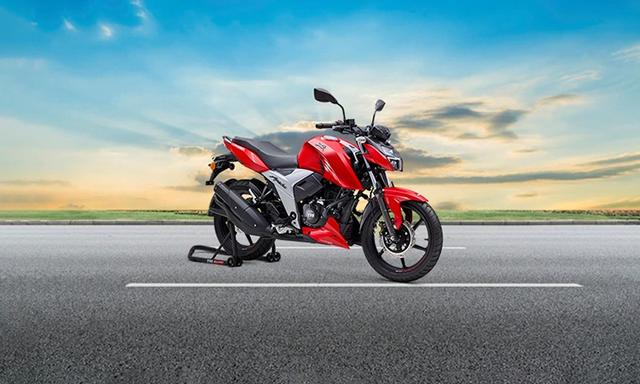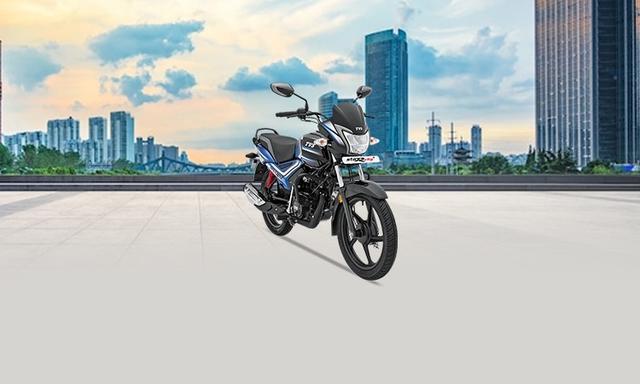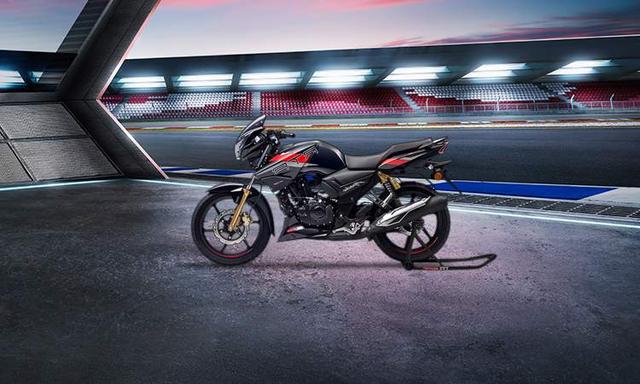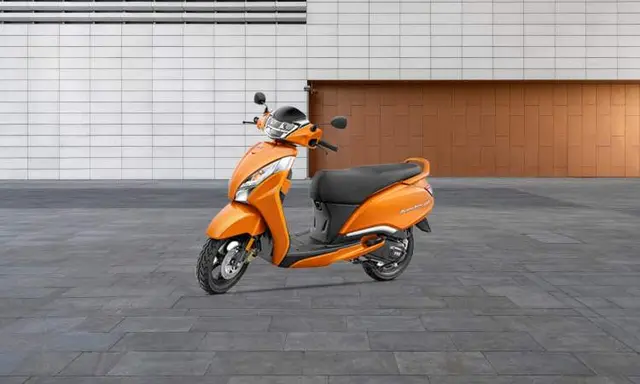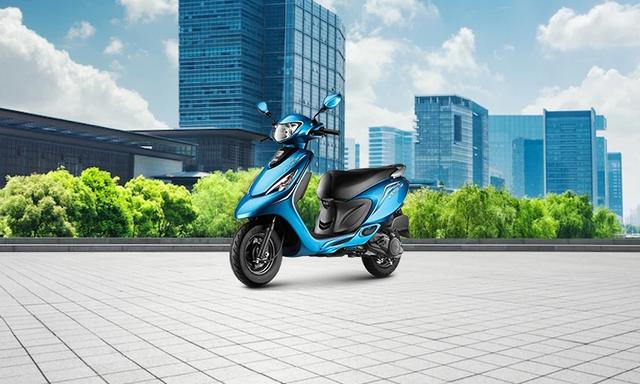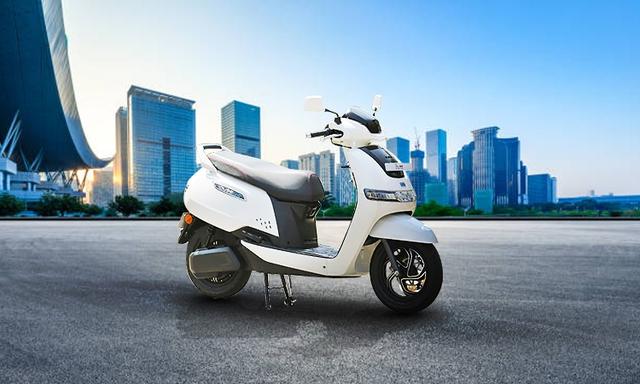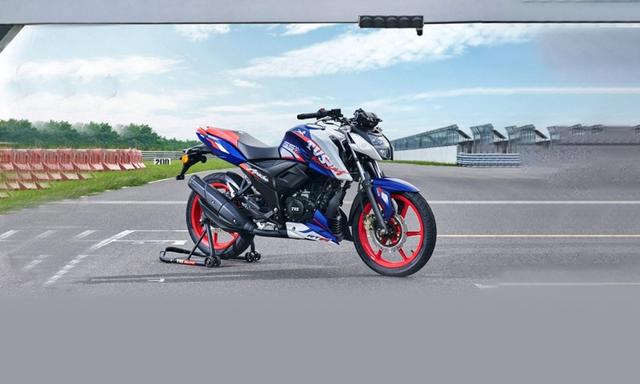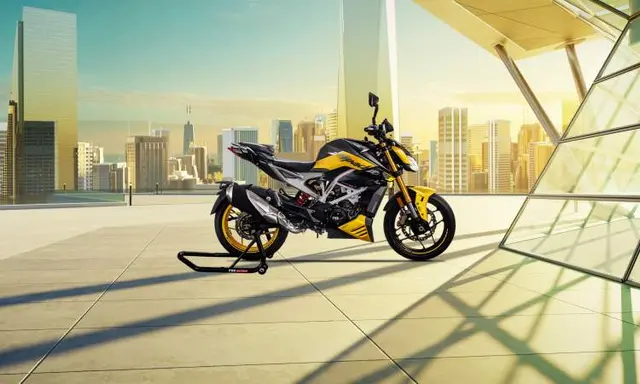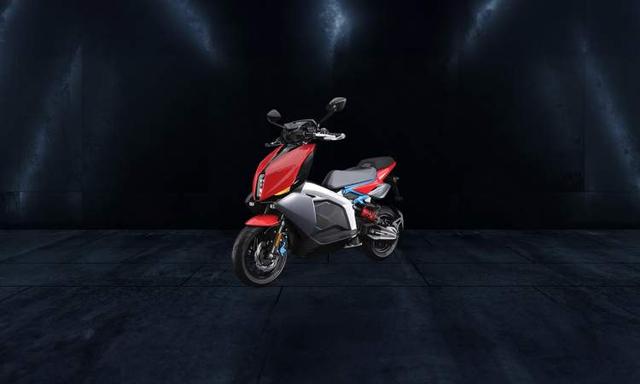TVS Young Media Racer Program 9.0: Fast, Fun, And Insightful

Highlights
- TVS YMRP 9.0 saw participation of 42 riders
- This has been one of the most exhilarating events for me
- Classroom teachings to on-track implementation – TVS YMRP in a nutshell
If you’ve ever zoomed down a straight road and imagined yourself in a full leather suit, on a racebike, you’re not alone. Most enthusiasts have had their minds drift to the racetrack, visualising that perfect apex, the lean angle of a pro, and the applause of an imaginary crowd. For me, that dream became a partial reality at the TVS Young Media Racer Program 9.0. While I’ve had a little racetrack experience in cars before, this was my first time dancing on two wheels. And let me tell you, the motorcycle waltz is a whole different ball game.

The classroom was essentially the theoretical part of the training.
The day began with a classroom session that instantly gave me back-to-school vibes, except this time, I wanted to sit in the front row. Headed by Harry Sylvester, a multiple-time national racing champion, shared several lessons, teaching us the art of riding on a racetrack without yeeting out into the gravel. We kicked off with the basics, and I mean real basics. How to properly fasten a D-ring helmet, get into the racing leathers, the Alpinestars Tech-Air 5 airbag vest and the importance of safety on a racetrack.
Sylvester also showed us the different kinds of flags that are used to communicate with riders on a racetrack. We were guided by several other trainers that day, including Jagan K, Arvind Ganesh and Moto 3 racer KY Ahmad. The classroom was essentially the theory part of the training, and the practical was to follow subsequently.
Also Read: car&bike Awards 2025: TVS Jupiter is the Scooter Of The Year
Session One – Kids in a playground

The coach on the red Apache RR 310 guides me on my body posture.
As part of the first batch and astride bike number 10, I rolled out for my first-ever motorcycle track session with a batch consisting of 14 riders. We followed our instructor on his red Apache RR 310, like a line of ducklings. Three laps in, and I quickly learned to unlearn the street habits which don’t belong on a track. My lines were partially incorrect, body positioning was not accurate, and throttle control was a bit hesitant.
Back to the classroom we went, and this time, the instructors broke down our riding styles with laser-sharp precision. He also explained that 80 per cent of the braking should be done using the motorcycle's front brake, as the rear tends to lock up due to the absence of ABS. The discussion also highlighted the crucial role that engine braking plays on the track.

The classroom taught us things we would possibly take years to learn.
The classroom instructor further engaged with us, addressed our doubts, and demonstrated the riding position on a motorcycle inside the classroom. We were all set to hit the track once again. This next session was especially important, as we were expected to apply proper racetrack behaviour now that we had already completed one session. My mind was racing with thoughts, and I waited eagerly for the two batches ahead of us to complete their track time – all this while thinking of the 12 curves at Madras International Circuit.
Also Read: 2025 TVS Apache RR310 Launched At Rs 2.78 Lakh; Gets New Features And Livery
Session Two – Implementation

Session 2 was about implementing the classroom learnings on footpeg positioning, body posture, and racing lines.
Armed with fresh knowledge, the second on-track session was where things started to snap, mentally and physically. The instructor shepherded this session, too and gave each rider an equal amount of time side by side. Getting a nod of approval from the instructor on my riding position, a similar reaction to the corner approach was all I was hoping for, and he did!

Hitting a corner smoothly was one of my top priorities during track sessions.
The teachings about footpeg positioning, body posture, throttle control, and racing lines started to make sense, and the implementation began to fall into order. I instantly noticed the difference from the first session and now. My confidence grew, my movements were sharper, and I wasn’t just going over corners, I was flirting with them.
Race Starts & Braking

The last drill was to learn the art of getting a proper race start.
Our next drill was about race start or launching from a grid position. Hold the throttle steady at let's say about 5,000 rpm, release the clutch with the grace of a ballet dancer, and boom. On the other end was a braking cone where we had to stop sharply and cleanly with the input of engine braking and using the brakes. I nailed it and got thumbs-up from both ends. A small but satisfying win.
Also Read: TVS RTX Adventure Tourer Design Patented Ahead Of Debut
Session 3 – Race Against Time

The Madras International Circuit is 3.74 kilometres long and has 12 curves in total.
With sweat-soaked leathers and adrenaline still pumping, we entered the final session of the day: Qualifying. Helmet back on, leathers zipped up, I prepped for the final session. Each of us had 15 minutes on the track, giving us roughly four to five laps to tap into our inner Marquez, push the bikes to their limits, and aim for the fastest lap time on the 3.74-kilometre-long Madras International Circuit.
By the last lap, I was feeling good. My confidence had grown, leaning was improved, and the throttle hand had found a rhythm. By the time the clock ran out, my best lap was 2:41:00, landing me 19th out of 42. Just outside the top 16 who qualified for the next round, but I made it to the reserve list, which is racer-speak for "don’t lose hope yet!"
Race-spec TVS Apache RTR 200 4V
The race-spec TVS Apache RTR 200 truly impressed me. Admittedly, I initially underestimated it for a bit, but the moment I swung a leg over it, even before completing a full lap, it completely changed my perception. This race-spec version is worlds apart from the one you’ll find listed on the brand’s website. It's been stripped of all electronics and rider-assist features, just as you'd expect from a track machine.

The race-spec Apache RTR 200 4V gets a host of changes over the standard version.
Compared to the stock version, this one is lighter and features a remapped ECU, track-tuned suspension, lightweight alloy wheels, and performance tyres. The instrument cluster, ABS sensors, and lights have all been disconnected. The free-flow race exhaust has a sharper, raspier note, and it fires up with just the slightest crank.
Takeaways That Go Beyond Lap Times
Was I disappointed? A little. But the experience taught me skills that would have taken years of trial, error, and probably a few bruises on the road to learn. More importantly, I noticed the change in my daily riding. Smoother inputs, better anticipation, and more control are a few of the benefits that I picked up during this single-day whirlwind of learning.

The TVS YMRP 9.0 saw the participation of 42 riders.
All in all, I walked out of MIC with a Level 1 certificate from TVS Racing and learning Academy. Massive kudos to TVS Racing and their fantastic crew for putting together such a well-structured and safe program. This is indeed a highly valuable learning experience.






